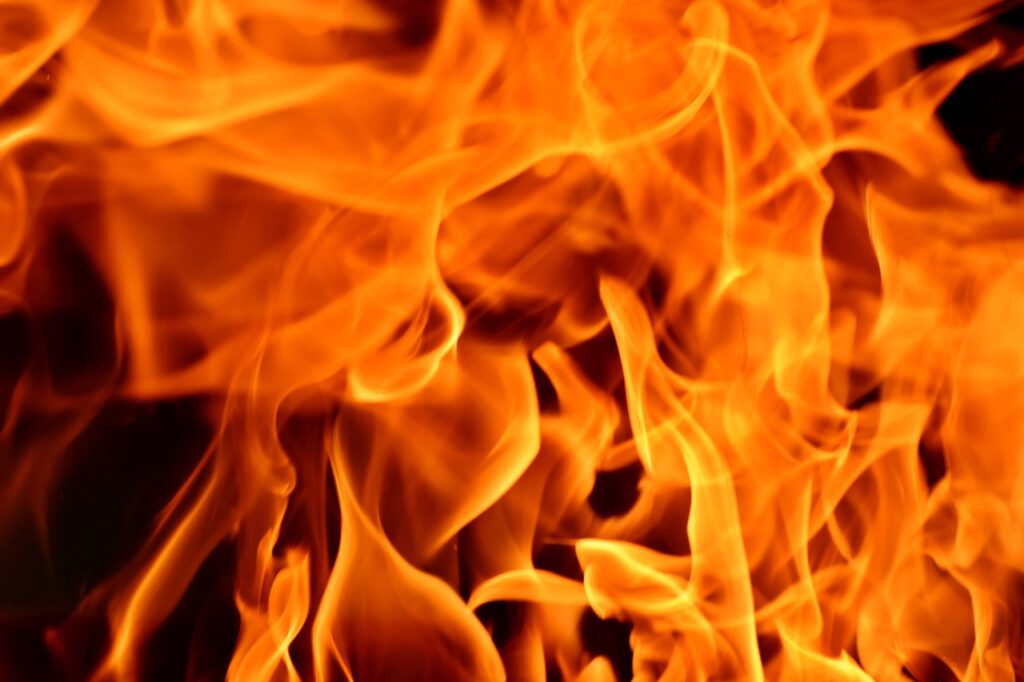
Neutron diffraction represents a useful tool for interpreting heat-induced changes in skeletal remains, according to a study carried out at the University of Coimbra (Portugal), in collaboration with the Enrico Fermi Research Centre (CREF). The study results were recently published in the international journal Analytical Chemistry.
By using neutron diffraction techniques, the researchers were able to detect structural and crystallinity variations in human femur and tibia bones upon burning under anaerobic conditions. Measurements were taken at the ISIS Pulsed Neutron and Muon Source of the STFC Rutherford Appleton Laboratory, United Kingdom, by the GEM diffractometer, which allowed monitoring changes in the samples at temperatures ranging between 25°C and 1000°C.
The research provided quantitative information on the structural reorganization of the bone matrix during the heating process, showing experimentally that above 700°C the inorganic matrix component becomes highly symmetric, devoid of carbonates and organic constituents, while, below this temperature, considerably lower crystallinity was observed.
The results of this study open up the possibility of using heat-prompted changes in bone as biomarkers of the burning temperature. This information is particularly useful for the analysis of skeletal remains that have been subjected to explosions, accidents, home fires or funeral rites.
In particular, the approach adopted by the researchers may have useful applications in the forensic and archaeological fields, when it is essential to determine the cause of death, identify a deceased person, reconstruct the lifestyle and circumstances of death of an individual or the funerary practices of ancient civilizations.

